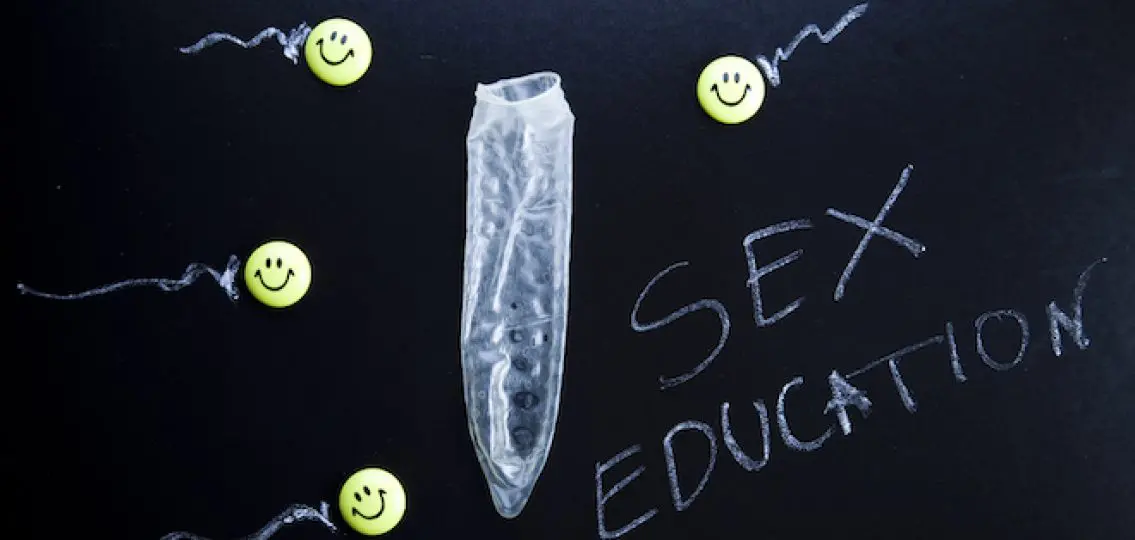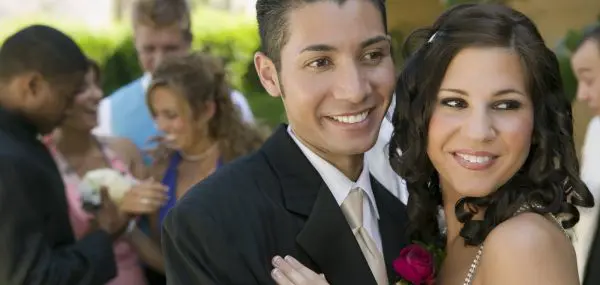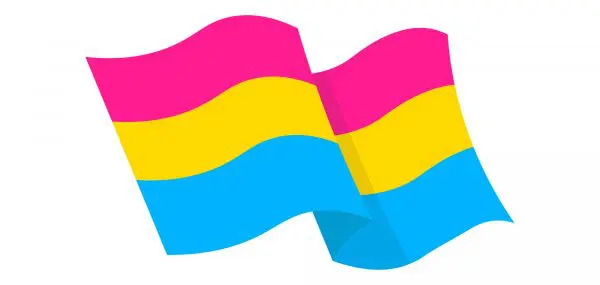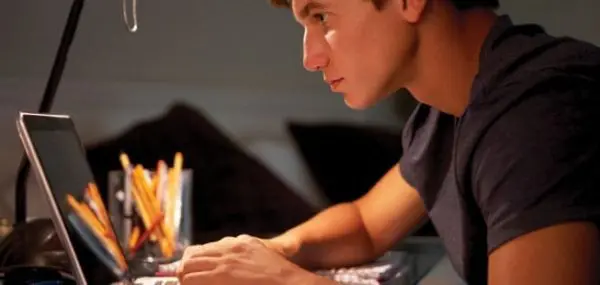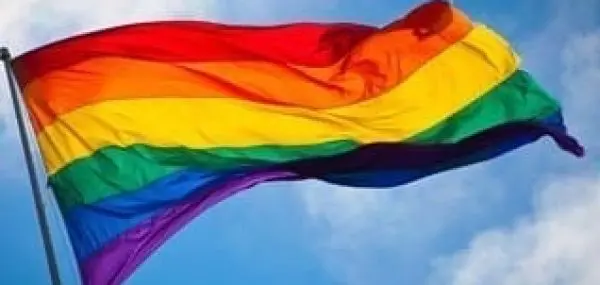When my principal handed me my schedule for the 2017-18 school year, I thought there’d been some mistake.
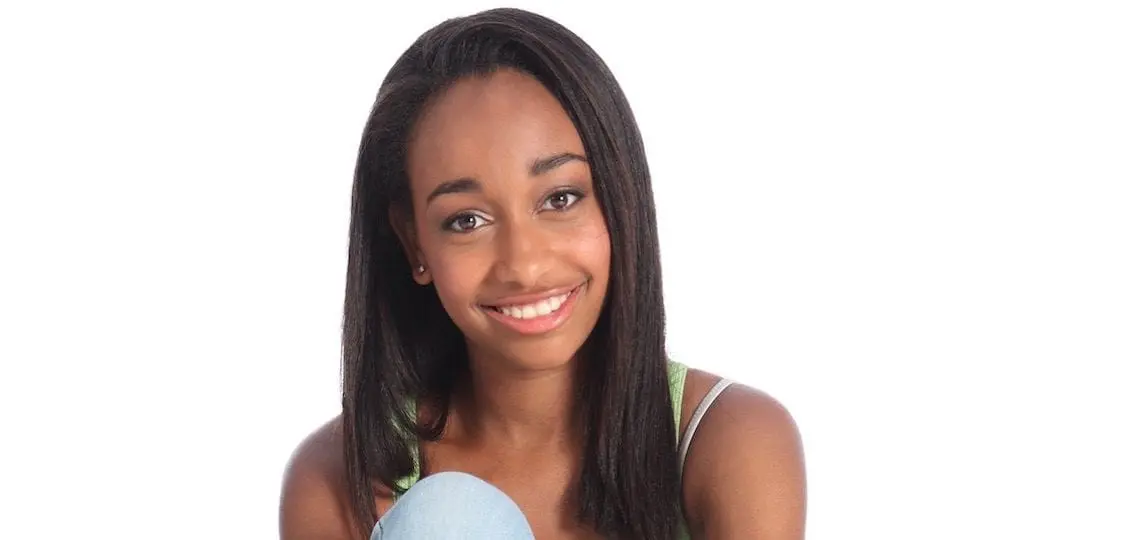
I’m not a Health Educator—or at least not by choice anyway. My expertise is in obscure literary terms found in these antiquated, non-digital items known as “books.” Yet, I was going to be teaching sex education.
My administration sent me to Health Education training. I thought it would be a breeze, but wow has this course changed since I was a teenager. Long gone are the days of single-sex classrooms where schools forced us to sit through some nature videos of flowers blooming while an exhausted gym teacher dispatched pink bags of maxi pads while talking about the moon cycle.
Oh no. It’s a full year of social skills, emotional growth, dispelling urban myths (“Miss, is it better to wear two condoms instead of one?”), and trying to objectively help students help themselves.
After three days of some fairly intensive training, I found myself standing in the front of the room with a model penis made of wood affectionately named Woody. New York City offers pretty comprehensive Sexual Education training including a mandated condom demonstration for high school students as well as several lessons on the prevention of sexually transmitted infections (STIs).
I was terrified.
I have two young kids of my own and let’s be honest, my condom days are well behind me. But thanks to all the training, some practice (my co-workers balked as they saw me with a stack of condoms in the teachers’ lounge) and an “I CAN do this attitude,” I allowed myself to get way out of my comfort zone and discovered that I was perfectly capable of “talking turkey.”
Once I survived the year, I was able to reflect upon what I’d gained from teaching kids about their sexual health. Here’s what I walked away with:
5 Things I Learned from Teaching Sex Education To Teenagers
1. Ears before mouth is the way to go.
Teenagers are tired of adults yapping at them. They need someone to listen, and better still, to hear them. Once I recognized this, my students opened up to me about their curiosity, their fears, their hopes, and where the gaps in their knowledge needed some help.
2. They are watching so, so much porn.
Don’t even think for a second that they are not. It starts around eleven for most of them and for many it serves as a “how-to” guide. There are some folks out there who are experimenting with literacy for pornography, and I say more power to them! Kids are very misled about what to expect from themselves and their partners. And sadly, the rape culture we live in is alive and thriving.
3. The bravado is real.
I teach in a school with 80% boys, and wow do they love to pretend to be the man. But one on one, most of them will confide in me. They tell me that they are terrified of “messing up,” and they are filled with self-doubt. They are under a tremendous amount of pressure to be in control of everything they do and to look cool while doing it. This has to change and with honest conversations about being vulnerable and true to themselves–and with their potential partners—it can.
4. Conservative and progressive values CAN co-exist in a classroom.
I was determined to be gender inclusive and honor gay desire while also respecting the students I have whose values or religion prohibits them from embracing certain lifestyles. It was challenging, but it can be done. We worked so hard to create a classroom where we honored and appreciated difference and honesty. If only our country could work in the same way.
5. Teenagers need to know that they are okay whatever choices they make.
To become active, to remain abstinent, to be faithful to one partner, to experiment with many—their sexuality is a journey and for many of them. Just being able to articulate their confusion, frustration, and desires is such an essential step in their decision making. No matter what they tell you, count to ten, exhale and thank them for sharing with you. Speaking to you is not an easy choice to make, and if you are lucky enough to have their trust, keep it.

